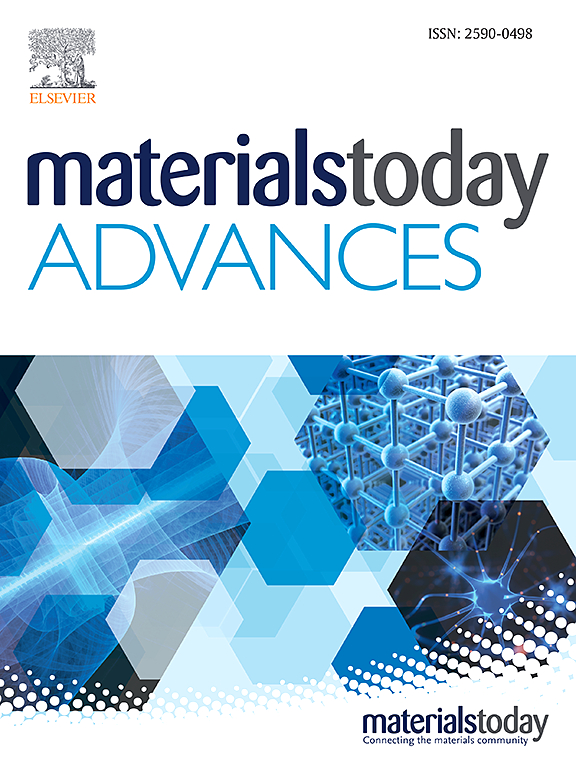用于转化脑部疾病的新兴水凝胶疗法:材料、机制和最新研究
IF 8
2区 材料科学
Q1 MATERIALS SCIENCE, MULTIDISCIPLINARY
引用次数: 0
摘要
脑部疾病包括神经退行性疾病、中风和脑肿瘤,是对人类健康影响深远的重大疾病。血脑屏障(BBB)和血脑脊髓屏障(BCSFB)限制了药物的渗透,药物靶向性差,成熟神经细胞增殖受限且易死亡,这些都极大地影响了中枢神经系统在损伤后的再生,因此临床上需要更先进的治疗策略。生物医学水凝胶研究为治疗脑部疾病提供了一种潜在的新型治疗方法。水凝胶是一种生物相容性极佳的支架材料,可负载多种药物,从而实现对脑部疾病的有效治疗,并可定制不同的机械性能,以匹配目标器官或调节其环境。本文概述了利用水凝胶治疗脑部疾病的最新研究进展、挑战和前瞻性发展,旨在强调水凝胶作为临床前阶段早期干预措施的潜力。研究详细探讨了水凝胶中药物释放的独特机制:缓释药物、药物的环境释放以及材料自身的活性。对这些机制的了解有助于为大脑提供更有效的给药系统。本文章由计算机程序翻译,如有差异,请以英文原文为准。
Emerging hydrogel therapies for translating brain disease: Materials, mechanisms, and recent research
Brain diseases, encompassing neurodegenerative disorders, strokes, and brain tumors, represent significant medical conditions with profound implications for human health. The blood-brain barrier (BBB) and the blood-cerebral-spinal cord barrier (BCSFB) limited drug penetration, poor drug targeting, and limited proliferation and easy death of mature neuronal cells greatly impair regeneration of the central nervous system after the injury, and thus call for more advanced therapeutic strategies in the clinic. Biomedical hydrogel research presents a potentially novel therapeutic approach for the management of brain disorders. Hydrogels are extremely biocompatible scaffolding materials that can be loaded with a variety of drugs for achieving effective treatments for brain disorders and can be customized with different mechanical properties to match the target organ or modulate its environment. This article offers an overview of recent research progress, challenges, and prospective developments in the utilization of hydrogels for treating brain disorders, with the objective of accentuating their potential as an early intervention in the preclinical phase. The unique mechanisms of drug release in hydrogels are examined in detail: extended-release medications, environmental release of drugs, and the material's own activity. An understanding of these mechanisms helps to make more effective drug delivery systems to the brain possible.
求助全文
通过发布文献求助,成功后即可免费获取论文全文。
去求助
来源期刊

Materials Today Advances
MATERIALS SCIENCE, MULTIDISCIPLINARY-
CiteScore
14.30
自引率
2.00%
发文量
116
审稿时长
32 days
期刊介绍:
Materials Today Advances is a multi-disciplinary, open access journal that aims to connect different communities within materials science. It covers all aspects of materials science and related disciplines, including fundamental and applied research. The focus is on studies with broad impact that can cross traditional subject boundaries. The journal welcomes the submissions of articles at the forefront of materials science, advancing the field. It is part of the Materials Today family and offers authors rigorous peer review, rapid decisions, and high visibility.
 求助内容:
求助内容: 应助结果提醒方式:
应助结果提醒方式:


